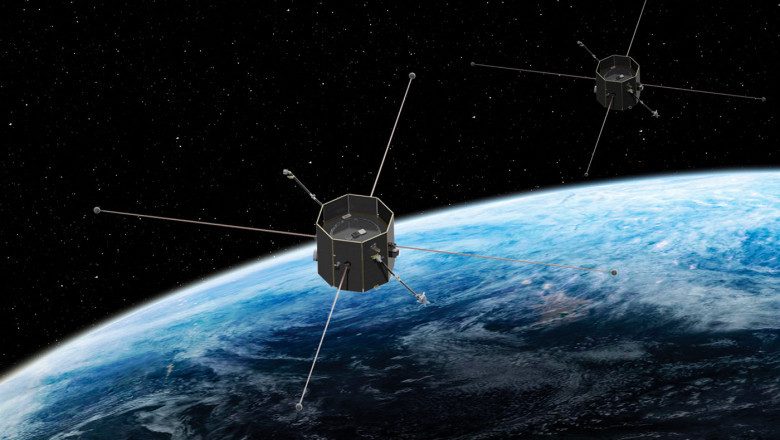views
Small Satellite Market Innovations Breakthrough Technologies Redefining Space
The small satellite market is experiencing a wave of innovation, redefining the possibilities of space technology. From miniaturized components to autonomous operations, these advancements are unlocking new opportunities for industries and organizations of all sizes, driving affordability, efficiency, and accessibility in space exploration and utilization.
Revolutionary Miniaturization
At the heart of small satellite innovation lies miniaturization. Engineers are designing compact systems that pack maximum functionality into minimal space. Innovations like advanced microprocessors, compact sensors, and integrated circuits are enabling small satellites to perform tasks once reserved for much larger, costlier spacecraft.
Miniaturization also extends to power systems, with the development of lightweight, high-efficiency solar panels and batteries. These advancements allow small satellites to sustain longer missions without compromising performance.
AI-Powered Autonomy
Artificial intelligence is a game-changer in the small satellite market. AI algorithms enable satellites to operate autonomously, make real-time decisions, and optimize data collection and processing. For instance, AI allows satellites to detect anomalies, adjust their trajectories, and prioritize critical tasks without ground intervention, reducing operational costs and improving mission efficiency.
Innovative Propulsion Systems
Traditional propulsion systems are being replaced by cutting-edge alternatives tailored for small satellites. Electric and ion thrusters are providing efficient and sustainable propulsion, allowing for extended missions and precise orbital maneuvers. These systems are also reducing the risk of orbital congestion by enabling controlled deorbiting.
Advanced Manufacturing Techniques
The adoption of 3D printing and modular design in satellite manufacturing is another major innovation. 3D printing enables rapid prototyping and production of satellite components, significantly lowering costs and development times. Modular designs allow for easy customization, catering to diverse mission requirements and encouraging scalability.
Collaborative Constellations
Innovation is also evident in the deployment of satellite constellations. Collaborative constellations, where multiple satellites work together, are being used for applications like global internet coverage, climate monitoring, and disaster response. These networks provide redundancy, ensuring continuous service even if individual satellites fail.
Expanding Applications
Innovations in small satellite technology are unlocking new applications across industries. For example:
- Earth Observation: High-resolution imagery for agriculture, urban planning, and environmental monitoring.
- Communication: Providing affordable broadband access in remote areas.
- Defense and Security: Real-time surveillance and secure communication systems.
- Scientific Research: Low-cost platforms for experiments in space and interplanetary exploration.
Sustainability and Debris Management
As the small satellite market expands, sustainable practices are becoming a priority. Innovations such as drag sails for deorbiting, active debris removal systems, and eco-friendly materials are addressing the challenges of orbital debris, ensuring long-term usability of space.
Conclusion
Innovations in the small satellite market are driving a paradigm shift in the space industry. By making space technology more accessible, efficient, and sustainable, these advancements are empowering industries worldwide. As innovation continues, small satellites will play an increasingly critical role in shaping humanity’s future in space and beyond.






















Comments
0 comment